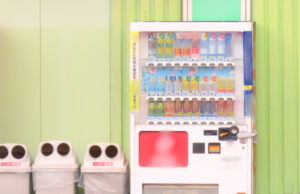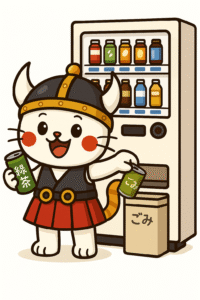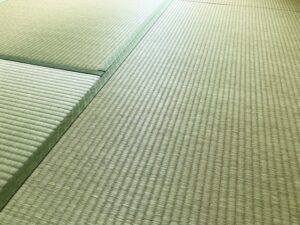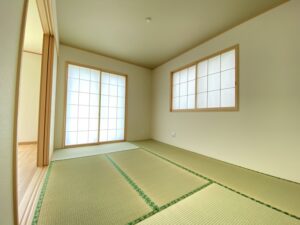JAPAN IN
ONE MINUTE 
~ The Sacred Side of Japanese Toilets: From Ancient Rituals to High-Tech Wonders ~
In Japan, toilets are not just everyday necessities.
They have long been considered sacred places and were traditionally called kawaya.
It is believed that a “toilet god” resides there, so keeping the toilet clean and well-maintained has always been valued.
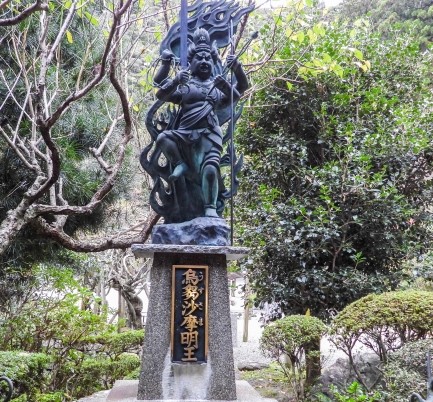
A toilet god? That’s amazing! I never imagined people would treat a toilet like a spiritual place.
There’s a god in the toilet? I’d better be on my best behavior next time I go!
Here’s a brief overview of the history of toilets in Japan.
Jomon Period (around 13,000 BCE):
Japan’s oldest toilets were known as kawaya, where people relieved themselves directly into rivers.
Heian Period (794–1185):
Commoners typically relieved themselves outdoors, while nobles used indoor boxes for waste.
Kamakura to Edo Period (1185–1868):
Human waste was reused as fertilizer and storage-style and bucket-style toilets became widespread.
Here is the origin of the Japanese-style squat toilet.
Meiji Period (1868–1912):
With the influence of Westernization, seated-style toilets were introduced alongside Western-style buildings,
and flush toilets also began to be imported.
Modern Era (late 20th century – present):
Western-style toilets have become the standard in most places,
but Japanese-style squat toilets can still be found in some public facilities.
These require squatting and may take some getting used to.
Ah yes, I remember my first time seeing a Japanese-style squat toilet.
I had no idea how to use it! It felt like an exercise move!
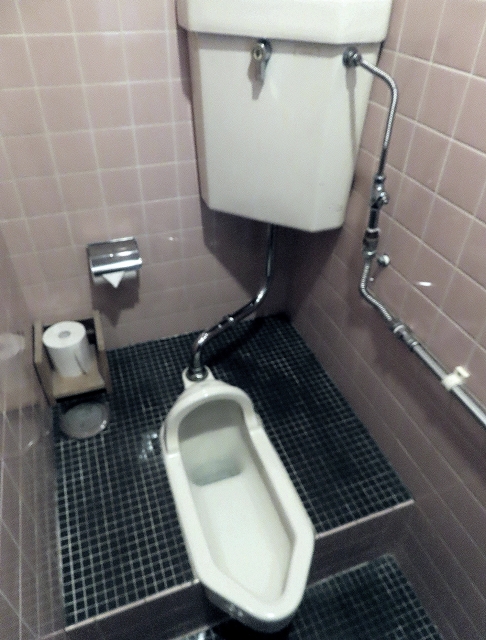
Squatting… like a ninja!
Here’s a quick tip for using a Japanese-style squat toilet.
Face the hooded part of the toilet, squat low, and try to balance carefully.
But this type of toilet is hardly used in Japan anymore.
Thanks, I’ll keep that in mind!
Just in case I ever come across this type of toilet someday!
Summary
In Japan, toilets are more than just functional spaces. Toilets have been seen as sacred places for centuries, even with a toilet god. From ancient river toilets to modern high-tech ones, Japan’s toilet culture reflects both deep respect and innovation.

